The world of recruitment has undergone a dramatic transformation over the past 15 to 20 years. Remember the days when newspaper job ads, job fairs and rolodexes were recruiter’s best friends? Those times seem almost quaint now, don’t they? Today’s recruitment landscape is a far cry from the paper-based, manual processes of yesteryear.
Think about it: In 2008, social media was just beginning to make waves in the professional world. LinkedIn was only five years old, and the idea of using it as a primary recruiting tool was still novel. Fast forward to today, and social media recruiting isn’t just common – it’s expected. But that’s just the tip of the iceberg when it comes to the technological revolution in recruitment.
The rise of Applicant Tracking Systems (ATS) has transformed how we manage candidates. Video interviews, once a rarity, became a lifeline during the global pandemic and are now a standard part of many hiring processes. And let’s not forget about the game-changing impact of data analytics and artificial intelligence in predicting candidate success and streamlining the hiring process.
But why is it so crucial for recruiters to embrace these technological advancements? In today’s fast-paced, competitive job market, technology isn’t just a nice-to-have – it’s a must-have. It allows recruiters to work more efficiently, casting a wider net to find top talent while simultaneously providing a more personalized experience for candidates.
Moreover, candidates themselves are becoming increasingly tech-savvy. They expect a smooth, digital-first experience in their job search. Recruiters who can’t meet these expectations risk losing out on top talent to more technologically adept competitors.
But perhaps most importantly, technology allows recruiters to make more informed, data-driven decisions. In an industry where the quality of hires can make or break a company’s success, having access to advanced analytics and AI-powered insights can give recruiters a significant edge.
In this article, we’ll explore 13 key technologies that are essential for every recruiter to know. Whether you’re a seasoned professional looking to upgrade your tech stack or a newcomer trying to understand the lay of the land, this guide will provide you with valuable insights into the technologies that could revolutionize your recruitment process.
Let’s get started.
Key Technologies for Recruiters:
1. Applicant Tracking Systems (ATS)
![]()
Applicant Tracking Systems are software platforms that help manage the hiring process. They let recruiters post jobs, collect applications, screen candidates, and track applicants through the hiring stages. ATS tools are essential for modern recruitment, especially when dealing with many job openings and applicants.
These platforms make it easier to sort through applications, collaborate with team members, and keep track of where each candidate is in the hiring process. This helps recruiters make better hiring decisions and fill positions faster.
Examples: Greenhouse, Lever, Workable, iCIMS.
2. Customer Relationship Management (CRM) systems
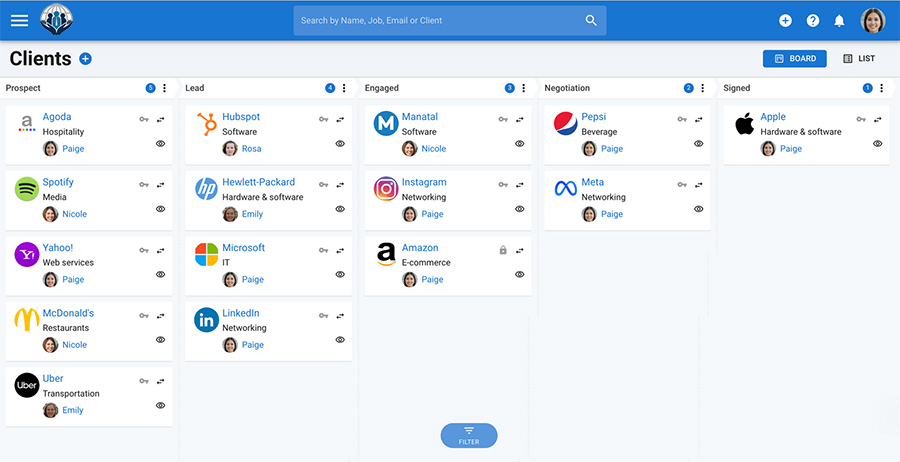
CRM systems in recruitment help manage relationships with both candidates and clients. These tools store contact information, track interactions, and help nurture long-term connections. They’re useful for building talent pools and maintaining good relationships with hiring companies.
Recruiters benefit from CRM systems by keeping track of past interactions, set reminders for follow-ups, and gain insights into their recruitment performance. This leads to better candidate experiences and more successful placements.
Examples: Bullhorn, Hubspot, Zoho Recruit
3. LinkedIn Recruiter
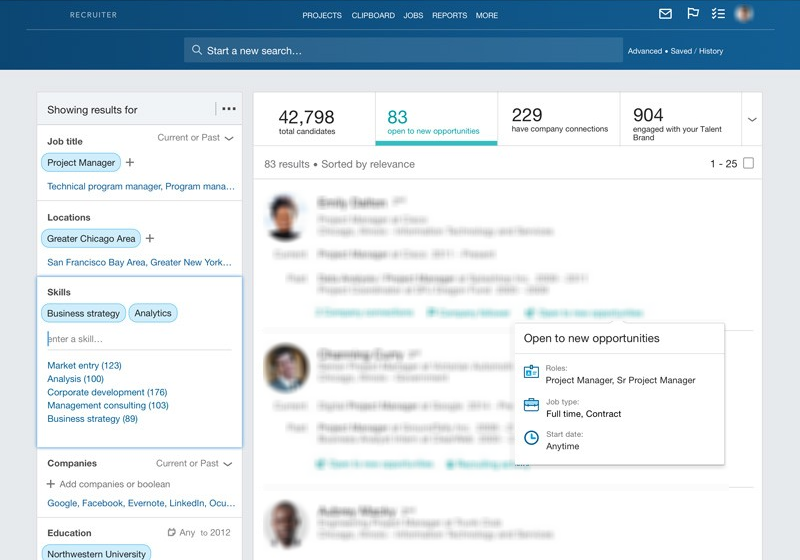
LinkedIn Recruiter is a premium tool for finding and contacting potential job candidates on LinkedIn. It offers advanced search options, allows direct messaging to LinkedIn members, and provides data about talent pools. It’s a powerful tool for sourcing candidates, especially for hard-to-fill positions.
This tool helps recruiters find suitable candidates quickly, even those who aren’t actively job hunting. It allows for targeted searches based on skills, experience, and location. Recruiters can also see how candidates compare to others in their field and get alerts about potential matches for their job openings.
4. Job Boards and Aggregators
Job boards are websites where employers can post job openings and job seekers can search for jobs. Job aggregators collect job postings from many different websites and put them all in one place. These platforms are key for getting job ads in front of many potential candidates.
These platforms often offer additional features like resume databases, application tracking, and sometimes even initial candidate screening. This can save recruiters time and help them find suitable candidates more quickly.
Examples: Indeed, Glassdoor, ZipRecruiter, Monster
5. Video Interviewing Platforms
Video interviewing platforms allow recruiters to conduct interviews remotely. They can be used for live video calls or for pre-recorded interviews where candidates answer set questions. These platforms have become increasingly important with the rise of remote work and global hiring.
Examples: Zoom, HireVue, Spark Hire, VidCruiter
6. AI-powered Recruiting Tools

AI-powered recruiting tools use artificial intelligence to automate and improve various parts of the hiring process. These can include chatbots for candidate communication, resume screening software, and predictive analytics for assessing candidate fit.
These tools help recruiters by saving time on repetitive tasks, reducing bias in the hiring process, and providing data-driven insights. They can quickly sort through large numbers of applications, engage with candidates 24/7, and even predict which candidates are most likely to succeed in a role.
Some AI-powered recruiting tools include ChatGPT, Paradox, and Textio.
7. Resume Parsing Tools
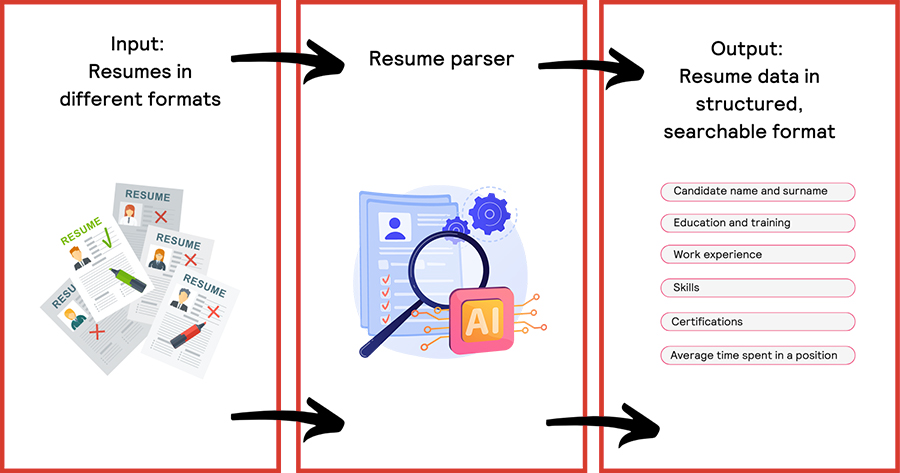
Resume parsing tools automatically extract relevant information from resumes and CVs, converting them into a structured format. They can pull out details like work experience, education, skills, and contact information, making this data easy to search and analyze.
These tools save recruiters a lot of time by eliminating manual data entry. They allow for quick searching of large candidate databases, help maintain consistent data across all applications, and can even help match candidates to job requirements automatically.
Popular resume parsing tools include Sovren, Daxtra, and HireAbility.
8. Skills Assessment Platforms
Skills assessment platforms provide ways to test candidates’ abilities related to job requirements. These can include technical tests for programmers, writing assessments for content creators, or soft skills evaluations for customer service roles.
These tools help recruiters make more objective hiring decisions by providing concrete data on candidates’ abilities. They can reduce time-to-hire by quickly identifying top performers, and they often improve the quality of hires by ensuring candidates have the necessary skills for the job.
Examples: HackerRank, Codility, TestGorilla
9. Background Check Software
Background check software automates the process of verifying a candidate’s history, including criminal records, employment, education, and credentials. It streamlines the verification process, saving time and reducing manual effort for HR professionals and recruiters.
This technology reduces the risks associated with bad hires, and ensuring compliance with industry regulations.
Examples: HireRight, GoodHire, Checkr, and Sterling
10. Recruitment Marketing Platforms

Recruitment marketing platforms help companies attract and engage potential candidates by using marketing strategies and tools. These platforms assist in creating and distributing job ads, managing career sites, and tracking candidate interactions across various channels.
Recruiters benefit from these platforms by improving their employer brand, reaching a wider pool of candidates, and creating a more engaging candidate experience. They can also track the effectiveness of their recruitment marketing efforts and adjust strategies accordingly.
Popular recruitment marketing platforms include Talemetry, SmashFly, Phenom People, and Jobvite.
11. Social Media Management Tools
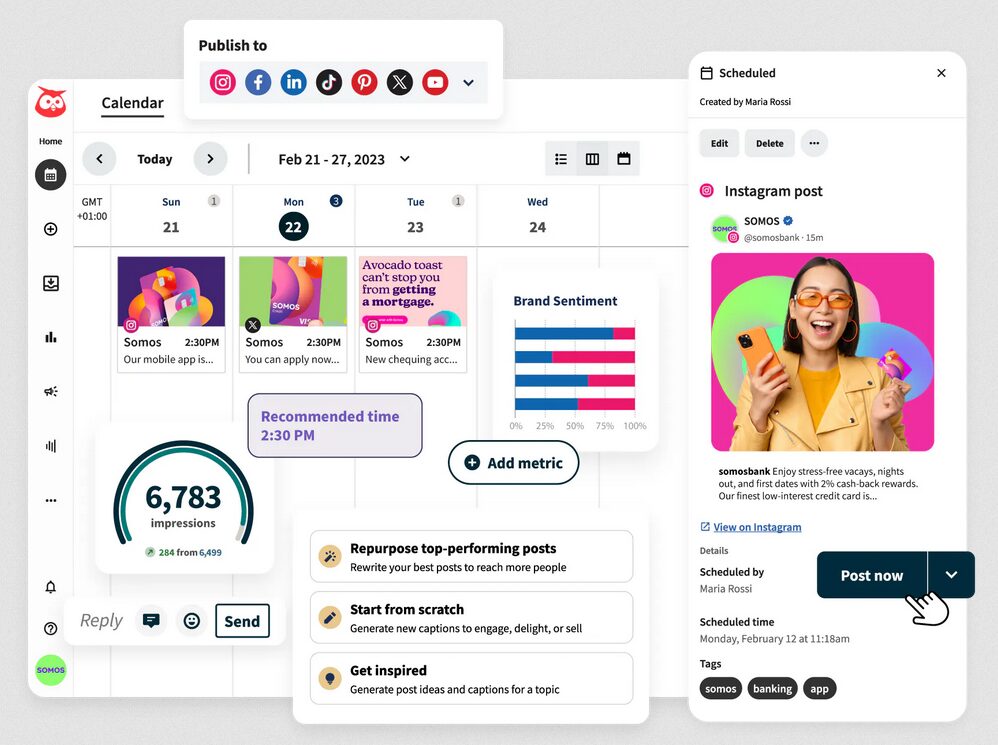
Social media management tools help companies manage their presence across various social media platforms. These tools allow for scheduling posts, monitoring mentions, analyzing engagement, and managing multiple accounts from a single dashboard.
For recruiters, these tools are valuable for building and maintaining an employer brand, engaging with potential candidates, and sharing job openings. They can also use these tools to research candidates and gain insights into their professional profiles.
Examples of social media management tools include Hootsuite, Sprout Social, Buffer, and Later.
12. Employee Referral Platforms
Employee referral platforms are systems that encourage and manage employee recommendations for job openings. These platforms typically include features for sharing job postings, tracking referrals, and rewarding employees for successful hires.
Recruiters benefit from these platforms by tapping into their employees’ networks to find high-quality candidates. This often leads to faster hiring, better cultural fits, and improved employee retention rates.
Some popular employee referral platforms are Teamable, RolePoint, Referral Rock.
13. Onboarding Software
Onboarding software helps streamline the process of integrating new hires into an organization. These platforms typically include features for managing paperwork, training schedules, and introductions to company culture and policies.
These platforms ensure a smooth transition for new hires, reducing time-to-productivity, and improving employee retention.
Examples: BambooHR, Enboarder, Workday, and ClearCompany.
Conclusion:
The key to success in modern recruitment lies in finding the right balance between leveraging the modern technologies and maintaining the human touch that is so crucial in the hiring process. As you consider integrating these tools into your recruitment strategy, think about how they can enhance your current processes and solve specific challenges you face.
Start with the ones that align most closely with your agency’s needs and goals. Experiment, learn, and gradually expand your tech stack as you become more comfortable and see tangible benefits. Moreover, as technology continues to evolve at a rapid pace, staying informed about new developments will be crucial. Make it a habit to regularly update your knowledge and skills. Attend webinars, participate in industry forums, and don’t hesitate to reach out to tech vendors for demos and trials.
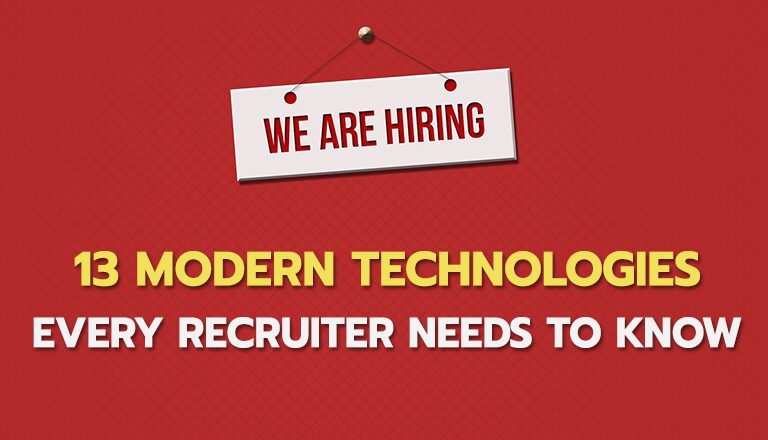



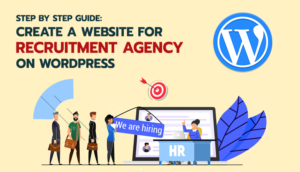

Share Your Thoughts: